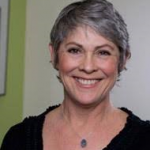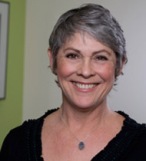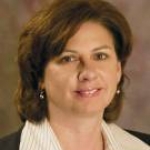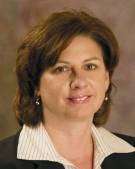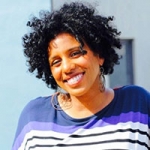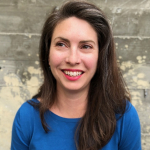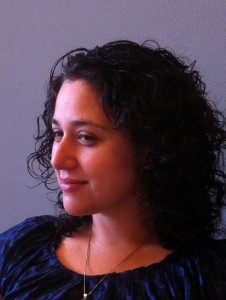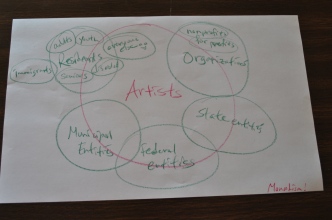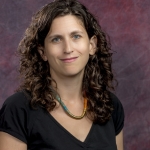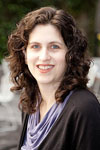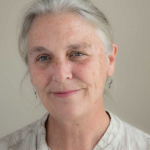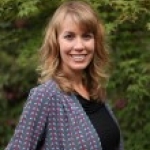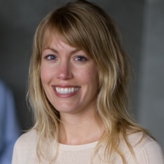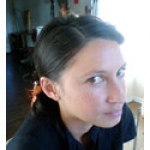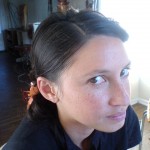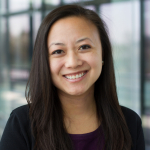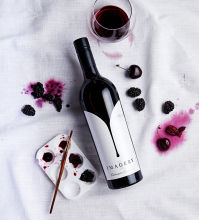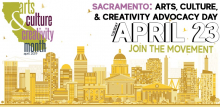
Mr. Richard Stein
The Social Enterprise of Being a Local Arts Agency
Posted by Dec 07, 2011

Mr. Richard Stein
When government support is reduced or non-existent, when philanthropic support wanes due to the sagging stock market, and when corporate support is increasingly tied to direct shareholder interests, the local arts agency funding model is in jeopardy.
Unlike the organizations we serve—the producers and presenters of art—arts services organizations don’t typically incite passion for the cause the way a love for Mozart, Mondrian, or Mamet will. The major gift model of cultivating members up the ladder into large donors is far more difficult when your product is a grantwriting workshop as opposed to an opera production.
A trending topic in recent years is “social enterprise.” The term means something slightly different to different people. It often reflects the creation of a for-profit company to serves philanthropic goals.
Social enterprises may also be adjunct funding mechanisms to traditional nonprofit organizations or agencies. One of the biggest examples of this in the arts world is the California Arts Council.
When its general fund allocation was eliminated by the state legislature (except for the $1 million required match to its National Endowment for the Arts block grant), the council was forced to rely entirely upon the proceeds from selling its “arts license plate,” designed by famous California pop-artist Wayne Thiebaud, and introduced in 1994.
Read More

